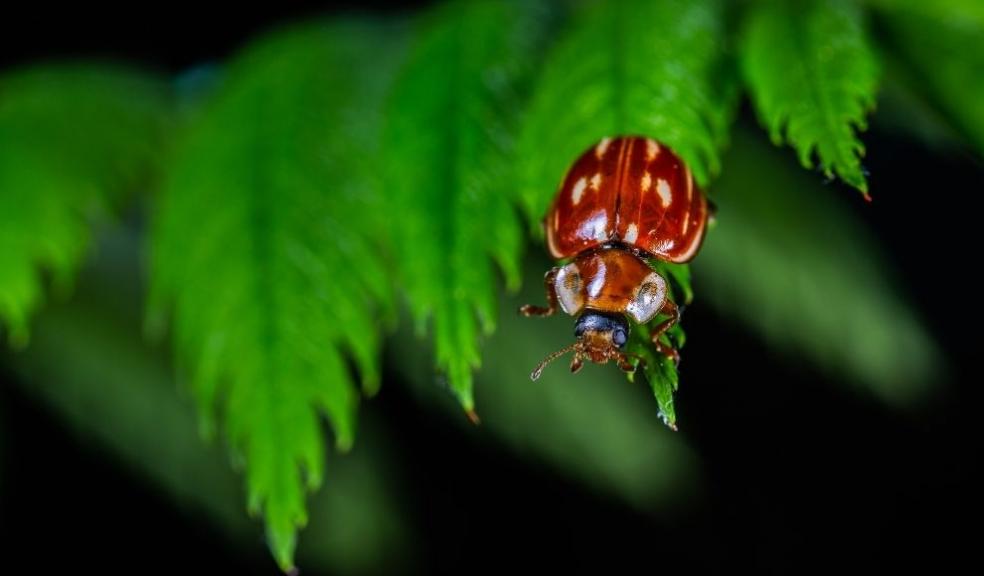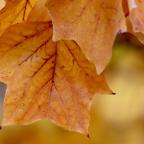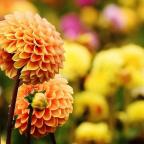
Planting for the Newbies: Common Plant Diseases and Pests
Plant diseases and pests are not unusual to the garden. These prevent your plants from performing their best potential and disrupt their growing process. As a result, it can affect food production and interferes with crop yields.
To start, you should first identify and understand the disease. It is essential to be able to understand what type of disease you are trying to deal with. So you can know how to deal with them if you encounter a few.
Sooty Mold
Sooty mold is a fungal disease caused by excreted honeydew that insects are not able to assimilate fully. Honeydew is the sticky, sweet liquid that insects feed on sap from a plant. You can identify this disease by the splotchy black stains on leaves, fruit, and stems. Sooty Mold can grow whenever the honeydew falls, may it be cars, yard furniture, twigs, and more.
To manage the sooty Mold, keep in mind that this Mold indicates a sucking insect nearby. Hence, to prevent Mold, you must first control the insect that sucks on honeydew. Honeydew is a source of food for ants. So it would be best if you considered preparing for ant management.
Moreover, do not forget that you should fertilize and water your plants properly to keep them healthy. Also, pruning can help remove infected plant parts, allowing room for new growth.
Carpenter Bees
Despite being a pollinator, carpenter bees are a nuisance. Pollinators are anything that helps with the movement of pollen from one flower to another. However, they can cause noticeable damages to wood and stains with their feces. These bees create entry holes, tunneling into the wood so they can make their nesting chambers, and if left alone, the damage might get worse and become irreversible.
Carpenter bees nest on unpainted, weathered wood and softer trees like pine, cypress, cedar, and redwood. They do not eat woods, but they excavate holes, as mentioned above.
To get rid of carpenter bees, you must immediately spray insecticide to the infested holes. You may also use solutions of water with citrus oil or almond oil as an insect repellant. In addition to this, carpenter bees hate loud noises and vibrations. You may play loud music on a speaker beside the infestation if you prefer.
Fungus Gnats
Fungus gnats might be harmless to humans, and they can be a significant issue to your garden. They are small files that are attracted to the moisture of potting soil. Adult gnats lay eggs on the soil surface, and once the eggs are hatched, it turns into larvae. These larvae will tunnel into the ground and feed on fungi and decaying plant material.
The worst part is when an infestation gets out of hand, and when their population explodes, gnats’ larvae will start to feed on the roots of the plants. Moreover, gnats will also spread a pathogen called Pythium that causes harm to your seedlings. These can cause significant root damage and might kill the plant.
In connection to this, it is essential to be able to manage your water and soil properly. This is because fungus gnats flourish in moist environments. As a result, you must have good drainage and always avoid overwatering. Also, avoid putting too many fertilizers that have manure, blood meal, and the likes.
Aphids
Aphids are small insects, almost invisible to the naked eye, that suck the sap of your garden plants. Although small, when your plant is heavily infested, it may wilt because of extreme sap removal. A plant damaged by aphids will sometimes look stunted, misshapen, curling, or turns yellow. Sometimes they hide the undersides of infected leaves.
Moreover, your flowers and fruits can become deformed and form galls on roots and leaves. Galls are abnormal growth in plants. Although it does not cause significant damage, it can disrupt the beauty and visual of the plant. Fortunately, you can prevent aphids from infesting your garden.
You can spray dormant horticultural oil to kill aphid eggs. You may also let beneficial insects thrive in your gardens, like lacewings, ladybugs, and parasitic wasps. These beneficial insects are categorized as pollinators, parasitizers, and predators. Predators are insects that eliminate pests by eating them, parasitizers prey other insects on nasty bugs and feed on them, and pollinators pollinate the garden.
Fire Blight
The most dangerous disease on this list is the fire blight. It is also a very infectious disease caused by the bacterium called Erwinia amylovora carried by insects, rain, and wind. It attacks blossoms, branches, shoots, fruits, and roots. Primarily, they affect plants in the rose family and orchards of apples and pears.
The branch and twigs of your plant will appear dark, sunken dry. Meanwhile, the fruits are water-soaked, then will fade with observable colors of brown or black. It will wither, and affected plants will appear like they were scorched by fire and may eventually die.
Fire blight might be hard to control, especially if you are in warm weather conditions. However, you can try pruning infected branches and avoid doing it when the plants are wet. Also, avoid heavy nitrogen fertilization in summer.
Takeaway
Infestation of diseases and insects in your garden is a worrisome problem. Even so, you should not be disheartened by this drawback. You can properly do your research to be prepared for what will happen to avoid possible problems.









